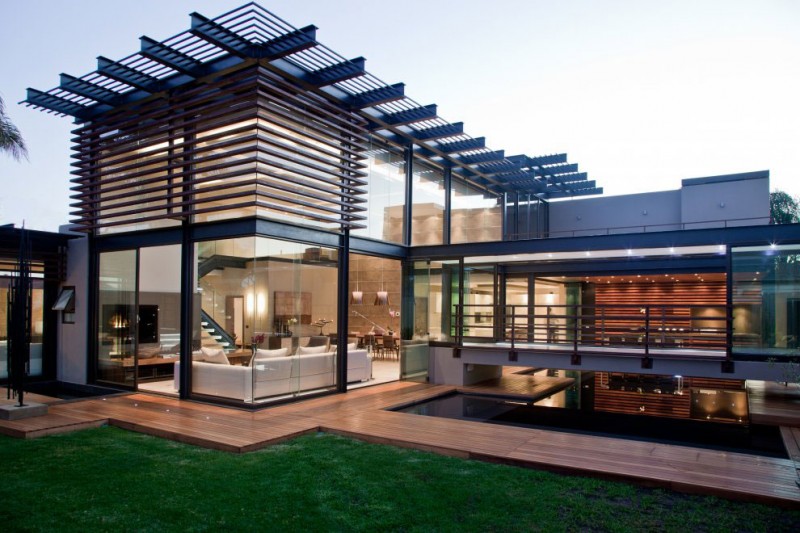How Steel Enhances Residential Construction
If you get down to extolling the many, many advantages Stainless Steel Fabrication bring to the construction of residential homes or any other building, the end will be long coming. Suffice to say; steel is one of the best materials for construction currently. In this article, we explore some of the top benefits of using steel to build your home.
- Better protection against fire
Steel structures and other steel fabrications have been tested numerous times. It has given us a thorough understanding of how the strong material responds to fire. Which means while constructing a home, one can utilise design and techniques to build buildings with the precise fire protection requirements. Most times, buildings with a steel frame have a higher fire resistance than others. - Better protection against earthquakes
Steel is ductile as well as flexible. It is one reason why steel buildings are designed in beam to column method to support gravity loads. The inherent quality of the material also ensures that it can bear the lateral loads caused by an earthquake and gale-force winds. Instead of breaking down or crumbling in case of an earthquake, steel fabrications flex under the load.

Fast, Efficient And Ingenious Material: Steel
- Offers more space with less material
To construct the same wall, the steel beam required, as compared to timber, are half the depth. Similarly, bricks need thick wall constructions to be safe and durable. In other words, steel beams are very thin while being equally strong. It signifies that the basic shell of a building is constructed in the smallest space possible. It allows for space maximisation for the actual inhabitant area. This quality of steel comes in practical use when homes have to built-in spatially challenged areas.
Besides more usable space for owners, steel construction requires lesser material when compared to others. As a result, the cost of construction also decreases. - Quick construction time
Most steel fabrications are pre-manufactured, which makes for quicker assembly. Typically, the entire frame of a building can be efficiently erected in a few short days with steel. Conventionally, the same construction with other materials takes weeks. The total reduction in labour and time is 20% to 40%. Furthermore, steel needs fewer points of contact to the ground, which means excavation required is less. Another reason steel construction is faster is the simple foundation. Because steel is lightweight, it doesn’t need solid foundations like concrete.
Overall, steel fabrication accelerates the schedule of constructions, decrease the costs related to labour and management, and finally give a faster ROI. here- https://www.worldsteel.org/steel-by-topic/steel-markets/buildings-and-infrastructure/residential-housing.html – Check out some more reasons to use steel in residential construction.
Recyclable And Aesthetically Beautiful Material For Construction

- One of the biggest advantage steel fabrications give in the current era is recyclability. One a building made with a stainless steel frame is demolished, the steel components of it can be easily reused. The parts are melted down and repurposed for other steel industry applications. There is very little loss of property. The burden on natural raw resources that steel saves is immense. Right now, 30% of all new steel made comes from recycling. Waste is minimal with steel.
- Till now, we have focused on the quantifiable and practical benefits of steel in the construction of residential buildings. We now move to more subjective merit. Homes are meant to have beauty besides being reliable. Steel is on material that provides:
Complete freedom of design as related to colour or shape or texture.
Ability to create open spaces because steel can span long areas with the need for load-bearing columns or walls. - Creation of slight domes, curves, arches, and other free-form facades because it bends when used at specific radii.
These features ensure that beautifully designed homes can be built with precision and extreme malleability. Architects can explore ideas and avenues that other construction materials don’t allow while maintaining the durability of the residence.

